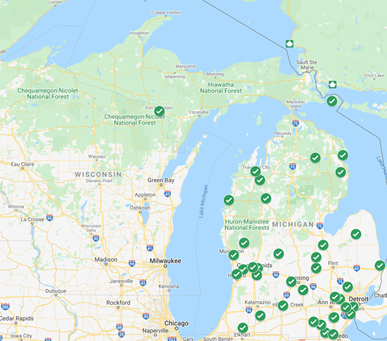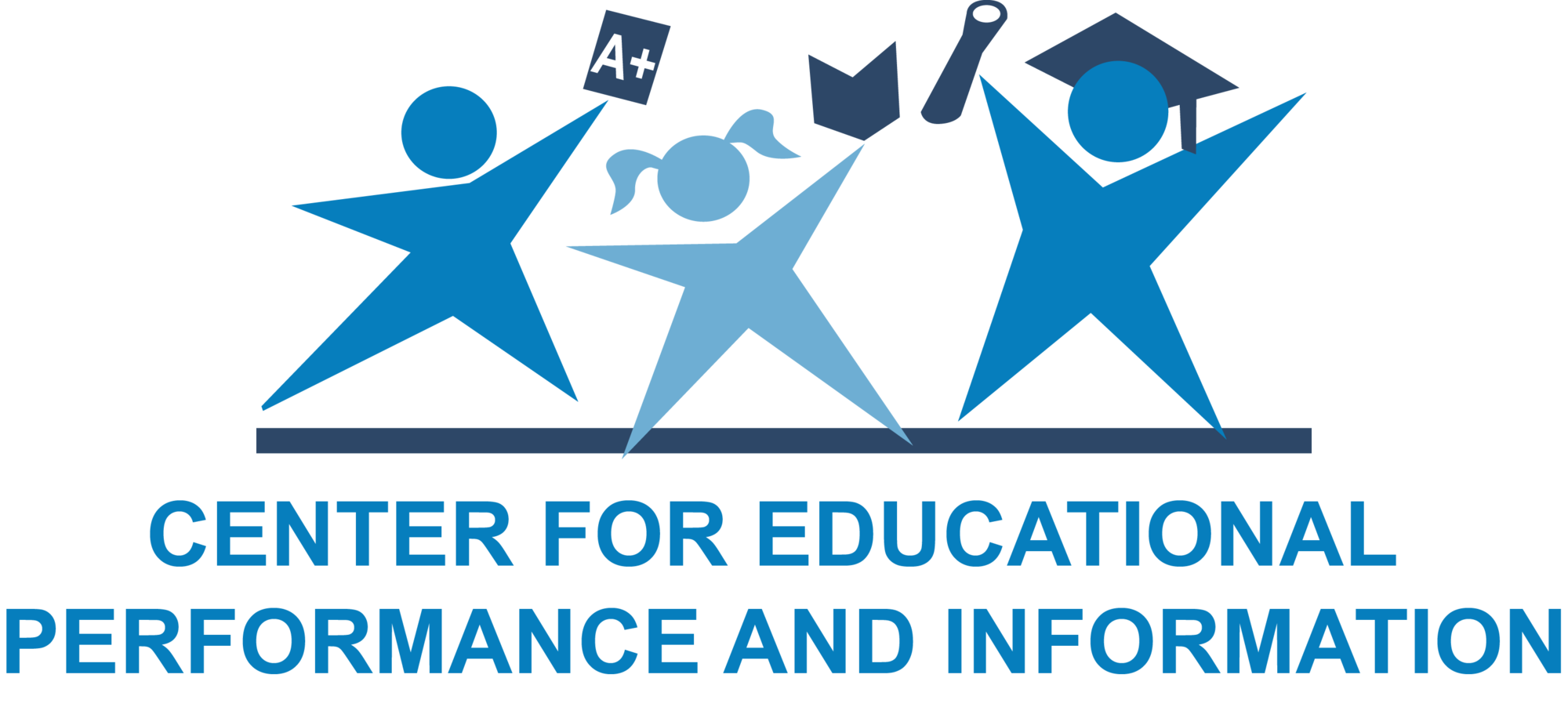October 22, 2020 MICIP Continuous Communication
Michigan Department of Education sent this bulletin at 10/22/2020 11:26 AM EDT |
|
Having trouble viewing this email? View it as a Web page. |
Welcome to the October 22, 2020 issue of MICIP Continuous Communication!
This issue includes information about the MICIP limited launch testing partners, selecting the right strategy for your Continuous Improvement plan, a recap of the 2020 MDE Virtual Continuous Improvement Conference, and Your Questions Answered provides answers to some questions that were asked at the conference.
MICIP limited launch is underway!
Thank you to all our testing partners who helped shape the MICIP Platform!
From October to January 4, 2021, thirteen of our testing partners elected to participate in the limited launch to further refine the platform. Michigan Department of Education and the Michigan Collaboration Hub appreciates their support:
- Eaton RESA

- Fremont Public Schools
- Grand Ledge Public Schools
- Kent ISD
- Manistee Area Public Schools
- Melvindale-Northern Allen Parks Schools
- Milan Area Schools
- Monroe ISD
- North Muskegon Public Schools
- Shiawassee RESD
- South Lyon Community Schools
- Vicksburg Community Schools
- Walker Charter Academy
- Woodhaven-Brownstown School Districts
Engaging in Continuous Improvement – What is the right strategy?
When adding strategies to a continuous improvement plan, there are two key questions to consider. In the October 8 issue we addressed the first question, “What is the right thing to do?” by looking at MiStrategyBank.
The second question is, “Can we do it the right way?” Too often we assume we can and jump right into implementation. Then we can become frustrated when it turns out that we cannot, and we have wasted valuable time.
The Hexagon Tool from the National Implementation Research Network (NIRN) can help address this question.
The Hexagon Tool asks a continuous improvement team to evaluate its ability and/or readiness on a scale of 1 (low) to 5 (high) in six categories: Capacity, Fit, Need, Supports, Usability, and Evidence.
- Capacity – the strength of the district workforce and its financial, technology, and administrative supports
- Fit – the alignment with current district priorities, initiatives, and values
- Need – the extent to which the strategy meets the need of the target population, as evidenced by research with a comparable population
- Supports – the strength of the supports available to support implementation, including staff competency and organizational practice
- Usability – the extent to which the core components are measurable and observable and can be adapted to different populations
- Evidence – the strength of the strategy’s evidence in achieving intended outcomes when implemented with fidelity
If most scores are high or above average, the strategy can likely be implemented if the areas with lower scores are addressed first as part of installation work. If most scores are low, it’s likely that a district might struggle with implementation and wish to consider a different strategy.
The Hexagon Tool is embedded in the MICIP Platform as a resource for Continuous Improvement teams to select as they analyze their data.
Next Issue: Identifying Activities
 The 2020 Michigan Virtual Continuous Improvement Conference was a success!
The 2020 Michigan Virtual Continuous Improvement Conference was a success!
Over 800 attendees enjoyed a day of professional learning at the first MDE Virtual Continuous Improvement Conference on Tuesday, October 20.
Participants provided feedback on their experience at our first virtual conference. Some of the feedback we received was:
Loved the virtual format - well done!
—~—
Very nice panel after lunch that gave a strong endorsement of the new processes we will use. This was affirming and gave confidence that the energy invested in a new system will be a solid investment.
—~—
I appreciated the built-in question and answer portions of the sessions. In addition, the breaks built into the schedule were helpful and allowed time to be efficiently allocated today. It was also wonderful to have a variety of break-out sessions to choose from that ranged in topics.
—~—
I appreciated the variety of options for sessions and the timeliness of all keynotes.
—~—
I loved the platform. I appreciate the time and energy everyone put into making this successful. I look forward to the recordings coming out so that I can catch a few more sessions.
—~—
Wonderfully done. It was obvious that MUCH planning and intentional attention to potential barriers for making this a success were contemplated and addressed. "THANK YOU!!!" to the conference planning and leadership team. Incredible job.
—~—
This was a very engaging and focused virtual conference. The keynote speaker shared a wealth of information.
—~—
Participants were exposed to a number of best practices that can be studied and implemented. Most of all, illustrations and testimonies about the ease and organization of MICIP should eliminate a great deal of anxiety for addressing the new process for continuous improvement. This was a well-organized and informative conference.
—~—
Participants also provided ideas for continued improvement for this conference which our planning team will review as we plan for next year's conference.
A special thanks to the following for their help to make the day a success:
- MDE Conference Planning Team
- Diane Dick and the MEEN Team
- Presenters, moderators and participants
- The MICIP and MI-CSI Teams
- Motown Digital, our technology partner
- Partner Showcase members
Next year’s conference will take place on October 20 and 21, 2021. See you there!
Your MICIP Questions Answered
Here are some answers to questions the MICIP team has received. For more information about MICIP and MICIP resources, go to our web page.
What will our login information be? Will it be the same as ASSIST?
- No, you will log in with your local district account information. Your technology department will need to ‘federate’ your email or network login with MiLaunchPad. Technical information on setting up MiLaunchPad for your district can be found here.
Will SBDIPs available for us small districts?
- There is no need for a separate plan for single building districts. You will use MICIP as it works for all districts regardless of its size.
So if we can report by building, does that mean every goal/strategy/action for every building must be entered so that it is also aligned with the Consolidated App?
- Yes, this is intended to help with alignment between improvement and consolidated plans and eliminate the need to re-articulate the plan when applying for Title funding. MICIP is programmed to share the necessary fields to the consolidated application thus eliminating any redundancies.
Will there be a training site to teach us how to use the MICIP platform?
- Yes, a training site and manual will be available by the first week of November. Districts will need to contact their ISDs for username and password.
These were a few questions that came up during this year's Virtual Continuous Improvement Conference. Look for a complete Q & A document that will be posted on the MICIP web page for all of the questions and answers received during our conference.
If you have a question that you would like to submit for inclusion in MICIP Continuous Communication, email mde-micip@michigan.gov.
Please Share Continuous Communication!
Please feel free to forward Continuous Communication to anyone you feel would like to receive information and updates about MICIP. To subscribe or unsubscribe, please click on this link.
Previous issues of MICIP Continuous Communication are available on the MICIP web page.
Feedback is Essential for Continuous Communication!
Have a question, an idea, a suggestion, or a compliment? The MICIP team is always eager to hear your feedback! Send us an email using the MICIP email address (mde-micip@michigan.gov).




